Video Games & Technology
Is a head set-free version of Virtual Reality really just over the horizon?
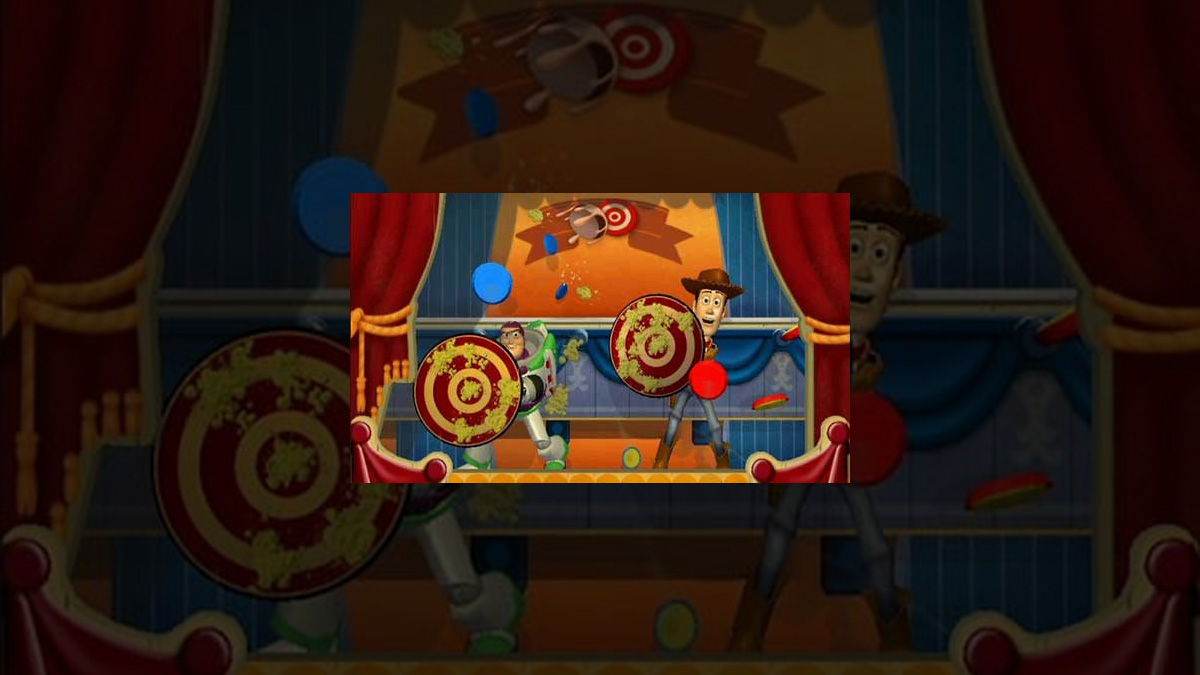
The term "Virtual Reality" has been a buzzword in
pop culture for decades but accessible VR technology has always been more
science fiction than science fact. Fans of entertainment are finally entering a
new era. In 2014 VR technology had actually come of age. Large companies, like
Google and Sony, were showing audiences what their R&D groups had been busy
working on. One of the first previews of the latest VR technology happened at
the Game Developers Conference in March 2014. The GDC takes place in San
Jose every year and brings together the trendsetters,
iconoclasts and publishers for a multi-day a conference that is not open to the
public. It was here that Sony unveiled Project Morpheus.
The VR headset dazzled audiences. It featured a high definition display and
stereo headphones in a light shell. Weight and power had long been issues with
early VR headsets. Advances in screen and battery technology from mobile
devices made the new generation of VR more promising.
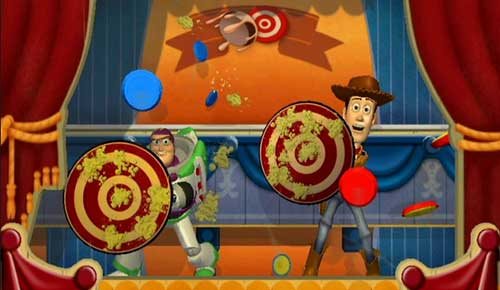
Project Morpheus was a long time coming but it was not
exclusively the work of Sony engineers. The company had designers that had
worked on the crowd-source funded Oculus VR technology. Game developers from iD, Microsoft and other major publishers were interested in the immersive technology. This
was technology that could not only be applied for games but had practical
applications for home entertainment centers, home computing, schools, offices
and hospitals. For the sake of Jim Hill Media we will focus on just the
entertainment aspects of the technology. The 2014 GDC gave audiences a glimpse
of the advances of VR but the first real hands-on came at the E3 in Los
Angeles a few months later. Shelly and I had a chance
to test the different VR technologies over that time. The application of a VR
headset with a game certainly did add a sense of immersion that is hard to
describe. Turning your head, tilting and leaning changed our perspective in
real-time. We could hear enemies behind us, bullets buzzing overhead and allies
calling from a distance. We could look and actually see this happening in a full
360 degrees. This was a feature that could be used while sitting or standing at
home but the applications outside the home were even more promising. Developer
Virtuix created a platform that allowed players to
actually stand, turn and walk in a full 360 degrees. It wasn't as disorienting
as it sounds. Players stepped into a harness, that helped keep them centered on
the platform. They placed slip covers over their shoes so that they could slide
on the platform and mimic the action of walking. It was awkward at first but
after a few moments it felt eerily realistic.

Having accessible VR had been a long time coming. Almost
every major publisher had taken a stab at the format. Sega begun development on
a VR console based on the success of the Mega Drive
/ Genesis in 1993. It was supposed to debut in 1994 but never materialized. Nintendo
countered with the Virtual Boy in 1995. The console was meant to be a portable 3D
gaming system, a successor to the popular GameBoy. The technology was slightly
modernized from the older Tomy "Tomytronic" 3D handheld LCD gaming
system from 1982. The Virtual Boy was a dismal failure due to it's two-color
format (red and black) and small library of titles. The console was
discontinued in 1996. When the Disney company announced that they would also
get into the VR movement many gamers were excited. If there was one company
that could crack that nut it would be Disney. DisneyQuest opened in 1998, it
was on the cutting-edge of theme park, arcade and immersive technologies. Aladdin's
Magic Carpet Ride for example would allow players to wear a VR helmet and
experience flying through the streets of Agrabah. It was amazing for the time
but became outdated within a few years. This would be the major sticking point
with VR technology. By the time that a company got a helmet from prototype to
market it would be either outdated technology within or be so expensive that
most people could not afford it. A company as large as Disney committing to VR
seemed very risky. Shareholders probably did not like this prospect of having
to reinvest in new technology every year. This did not stop the company from
experimenting with the format.
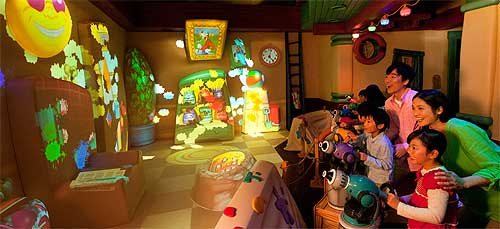
The always-popular Midway Mania, which opened in 2008,
featuring the Toy Story characters was an example of VR. These types of rides
were sometimes referred to as "4D." Audiences sported 3D glasses and
interacted with the game screens. This attraction could be updated as often as
the Disney company wanted to. It was not the only attraction that had the
benefit of new technology. Goofy's Paint 'n' Play House debuted in Tokyo
Disneyland in 2012. In the attraction audiences could paint the walls with
light cannons. Audiences did not need glasses to enjoy the augmented reality
experience. The paint effects were instead projection-mapped onto physical
objects. At the 2015 GDC, Disney actually had a presentation. Bei Yang, an
executive of Creative Technology with the Imagineering group discussed new
approaches with Virtual Reality. He discussed being able to create an augmented
experience without the use of a headset. Noting that the current model where
gamers wear headsets isolates them from the community. It would be better if a
group could participate in the experience without all having to don special
glasses or headwear. It certainly planet the seeds of discussion with the
development community and caused the gaming press to go into overdrive. Reporters
speculated that Disney was considering building entire theme parks as well as
current, past and Blue Sky attractions in VR. Audiences went wild at the
prospect. Perhaps Disney used the 2015 GDC appearance to hint at something that
they wanted to unveil at the E3 or D23 this year. We can only wait and see.
Video Games & Technology
“Adventure Time: Pirates of the Enchiridion” game coming this summer
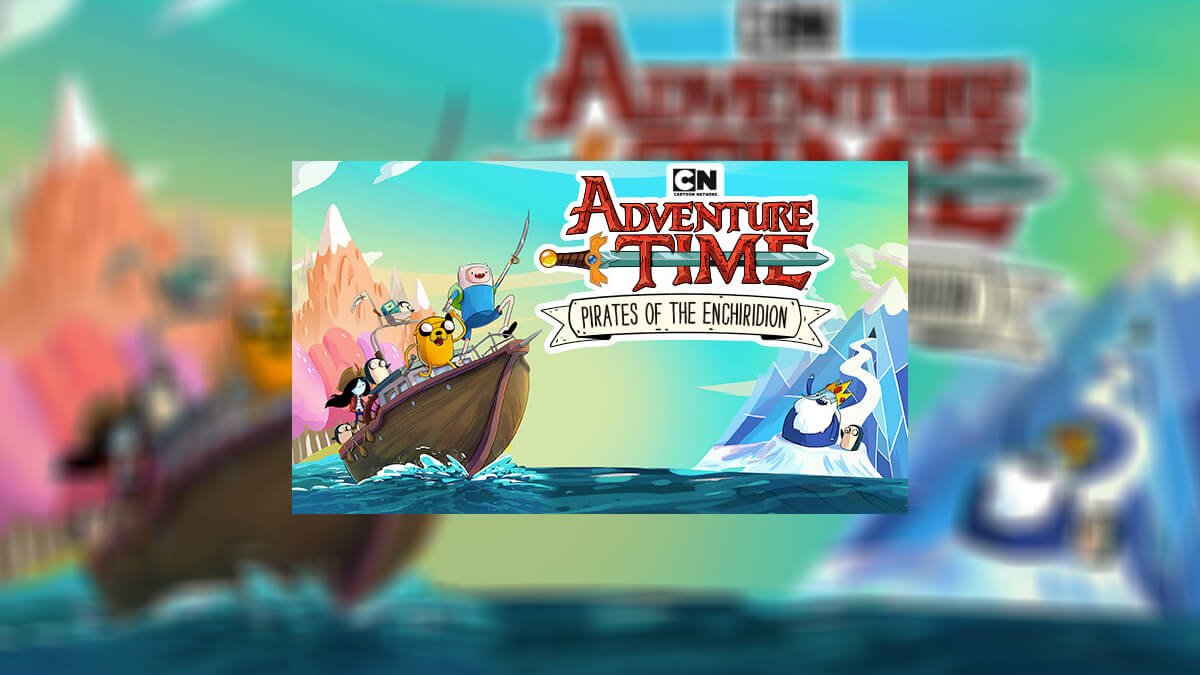
“C’mon on, grab your friends … ” A new Adventure Time game is coming out across multiple platforms.
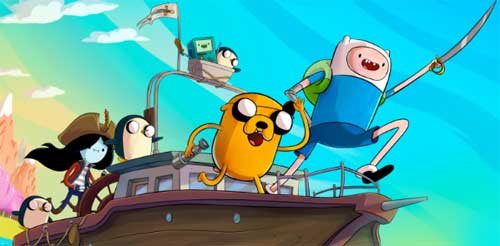 Copyright Cartoon Network / Outright Games Ltd. All rights reserved
Copyright Cartoon Network / Outright Games Ltd. All rights reserved
In this open world game, Finn and Jake will be sailing on a raft (Named Jeff) through the flooded land of Ooo to solve the mystery of why water engulfed their home and to help others & get in hijinks along the way. With a ragtag gang of friends (From a vampire, to an Ice King, to a little robot) Finn and Jake will travel from the melting Ice Kingdom to the Fire Kingdom and fight in turn-based combat like an RPG.
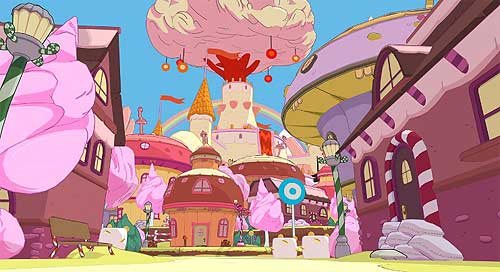 Copyright Cartoon Network / Outright Games Ltd. All rights reserved
Copyright Cartoon Network / Outright Games Ltd. All rights reserved
The trailer shows off some absolutely gorgeous character models and environments. I’m particularly enchanted by the gorgeous Candy Kingdom that’s briefly shown in this footage. The art design sticks close to the show, but brings with it a soft, sweet design rarely seen in adventure games. Which is a refreshing thing to bring to the table. Likewise, it’s a joy to see the characters translate to 3D so well. Outright Games has done some fantastic work here with their art design.
 Copyright Cartoon Network / Outright Games Ltd. All rights reserved
Copyright Cartoon Network / Outright Games Ltd. All rights reserved
Likewise, the voice cast for the show will be reprising their roles as characters in the land of Ooo. And they’ll have a lot of lines to record. Not only can you control Finn and Jake, but you’ll be able to play as BMO and Marceline as well. You can upgrade these characters to unlock unique abilities for combat and the map holds plenty of fun mysteries too. With side stories and secret locations, this seems like a game that’ll have hours & hours of fun.
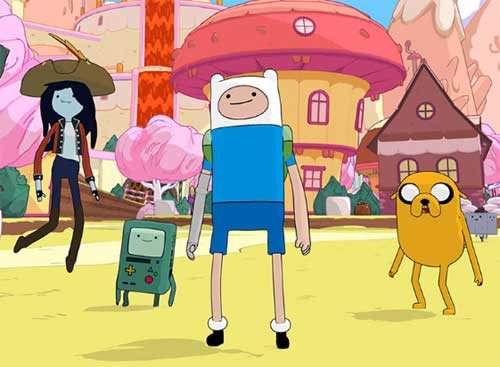 Copyright Cartoon Network / Outright Games Ltd. All rights reserved
Copyright Cartoon Network / Outright Games Ltd. All rights reserved
What strikes me particularly about this game is how much it resembles Legend of Zelda: Wind Waker. This is no coincidence. Adventure Time have a history of being direct corollaries to Legend of Zelda games. “Adventure Time: Hey Ice King! Why’d You Steal Our Garbage?!” ‘s gameplay references “Zelda II: The Adventure of Link” and “Adventure Time: The Secret of the Nameless Kingdom” has the same top down look & combat stylings as “Legend of Zelda: A Link to the Past.” With this in mind, it’s absolutely delightful to see a Wind Waker homage with a series like this. Wind Waker was a gamechanger for the Legend of Zelda series, and it feels like “Pirates of the Enchiridion” will be a gamechanger for the Adventure Time games.
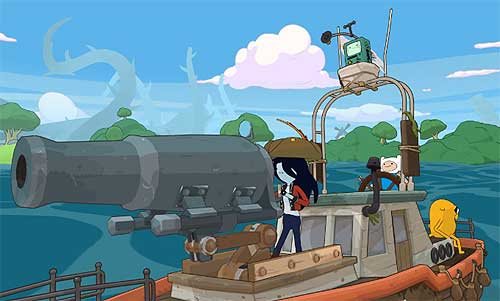 Copyright Cartoon Network / Outright Games Ltd. All rights reserved
Copyright Cartoon Network / Outright Games Ltd. All rights reserved
‘Adventure Time: Pirates of the Enchiridion’ will be out July 17th for the Nintendo Switch, Xbox One, Playstation 4, and PC.
Video Games & Technology
Do you like treasure hunting and/or cooking soup? Then Pokemon Quest is the game for you
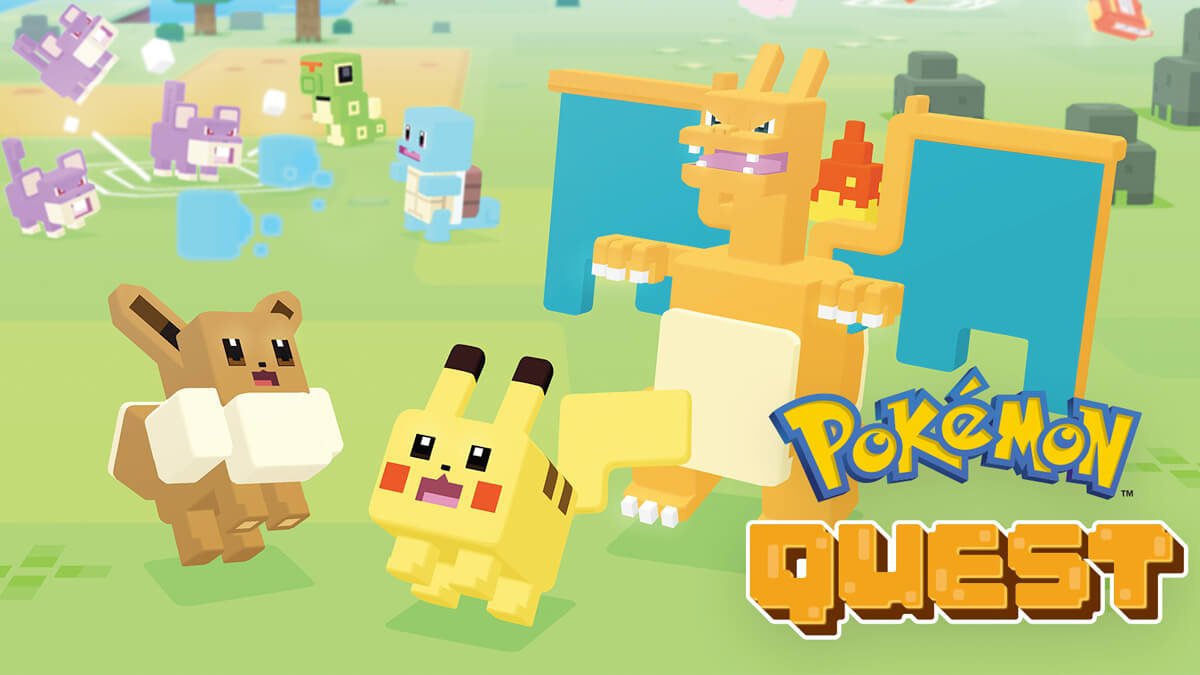
Immediately after the Pokemon press conference on May 29th, the mobile-switch cross platform game Pokemon Quest was available to download on the Nintendo eShop (with the mobile device version debuting later this month). Curious about the ‘Free-to-Start’ game, I snagged a download and started playing.
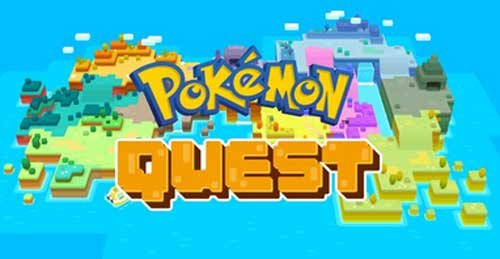 Copyright 2018 Nintendo. All rights reserved
Copyright 2018 Nintendo. All rights reserved
Pokemon Quest is a game that feels best letting itself auto-run. You check in several times a day to see what Pokemon have appeared at your camp (The conceit behind this game is that you’re a treasure hunter & Pokemon flock to you to fight their brethren in your honor. They also sometimes just come by because you make really good soup. What can I say?). With the Pokemon at your disposal, you build a small exploration team much in the same style as the Pokemon Mystery Dungeon game series. And you then set them out to fight other Pokemon in open levels. From these battles, you win power stones (which allow you to upgrade your Pokemon’s health & attack power), and ingredients to lure other Pokemon to your camp.
You may’ve taken notice use of the term ‘Free-to-Start’ earlier in this article. That’s because — like many mobile services — this game offers add-ons for purchase. I don’t see any age limit on the Nintendo Switch version to take away ads for purchases (which many mobile games have chosen to add. See Disney’s own ‘Disney Crossy Road’) but the Pokemon Company may be expecting parents to set their own controls over the switch with the parental controls available on the system.
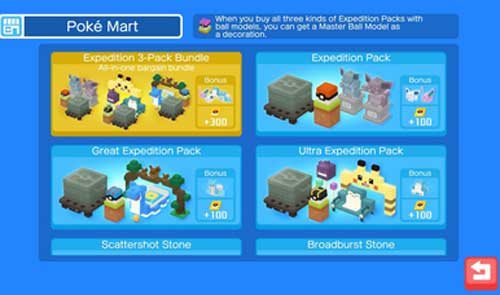 Copyright 2018 Nintendo. All rights reserved
Copyright 2018 Nintendo. All rights reserved
Still, the game is typical in mobile game fare for trying to wring money out of players. Energy to play the game costs P tickets, which you can earn 50 a day … or you can just buy. The game gives you an amount to start with, shows you how to use them to speed up your game, and then takes you to the shop where you can see an advertisement to buy it — along with Pokemon furniture to help your team.
These packages can go up to $30 and include Pokemon in-game items & exclusive furniture. And while Pokemon Go offered items in bundles like this, it’s still odd to see in a Pokemon game — let alone a Pokemon game on the Nintendo Switch (albeit, this is a cross-platform game). The game itself doesn’t seem to have any sort of hard-pay line for gameplay, though. I’m up to the fifth world in my game without making any purchases. And while the game difficulty has dramatically ramped up, likely to encourage purchases, it’s still completely manageable to play without paying.
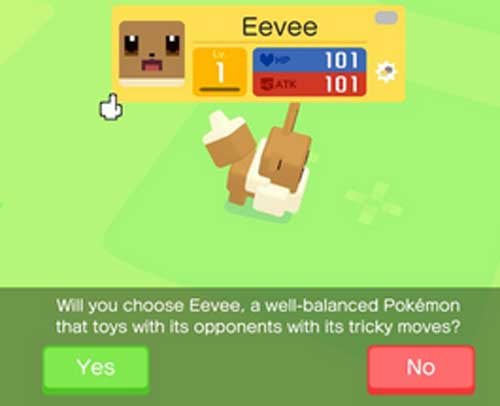 Copyright 2018 Nintendo. All rights reserved
Copyright 2018 Nintendo. All rights reserved
In that sense, for a free game, it’s really cute & enjoyable. The graphics are pleasing and colorful. And if you return to camp, you’ll find all the Pokemon you’ve befriended hopping around adorable decorations. Sometimes stacking on top of each other, other times following each other around in what seems like games of tag.
The ‘cooking’ mechanic to encounter a random Pokemon makes encountering them feel less like gambling and more like strategy. By cooking certain recipes from materials you find on missions, you can draw certain types of Pokemon to your camp. Cooking in certain pots (unlocked by playing through the game) can draw higher powered Pokemon at the cost of more materials. And waiting while your energy fills up means running out of ingredients (At the point of the game I’m at, about half-way through) doesn’t seem to be a problem.
 Copyright 2018 Nintendo. All rights reserved
Copyright 2018 Nintendo. All rights reserved
All in all, I’d say, if you have access to this game, check it out and see if it’s for you. There doesn’t seem to be cross platform support for other Pokemon games. But as a standalone, it’s a cute, fun blip of a game. The hard ‘end’ of the levels within surprises me, especially since it seems to end with 150 Pokemon (out of the over eight hundred available). So I’m not sure what there is to get out of it when you get to the end level outside of getting every Pokemon. But it’s still a fun, very casual strategy game. Just keep an eye on purchases if your children decide to play.
Video Games & Technology
“Pokemon — Let’s Go, Pikachu !” & “Pokemon — Let’s Go, Eevee !” to come to the Nintendo Switch this year

During a conference in Japan earlier this week, the Pokemon Company revealed three new games : A mobile and Nintendo Switch cross platform game, “Pokemon Quest,” with graphics similar to Crossy Road and some absolutely adorable furniture in a “free to start” format; and for the Nintendo Switch, “Pokemon — Let’s Go, Pikachu !” and “Pokemon — Let’s Go, Eevee !”
Taking inspiration from gameplay styles from the popular “Pokemon Go” for mobile devices, “Pokemon — Let’s Go, Pikachu !” and “Pokemon — Let’s Go, Eevee !’ adopts the thrown Pokeball system. By using one controller with the Switch system, you can make a tossing motion to throw a Pokeball and capture a cute critter for your team.
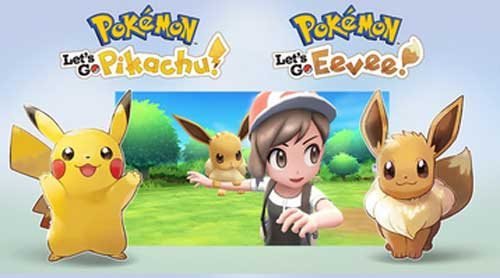
Additionally, you can buy the “Pokeball Plus” accessory to act as an additional “Joy-con” controller for your Switch to capture Pokemon. Then load a Pokemon into your pokeball, and take it out on the go.
From there, with the accessory, you’ll be able to interact with the Pokemon you have inside. Although current information doesn’t offer whether we’ll have more options than putting Eevee or Pikachu in the Pokeball Plus, the footage seen in the linked trailer is absolutely adorable.
The game itself seems to be a remake of Pokemon Yellow, a game released twenty years ago for the Game Boy Color. You explore the Kanto Pokemon region, and seem to be limited to the 150 Pokemon available when that game was out (Well, 151, if you were lucky, or good at exploiting glitches). But these games ditch the random encounters of mainline Pokemon games and adopt the overworld encounters of Pokemon Go. What Pokemon you see on the overworld is what you get.

Additionally, Pokemon can follow you around and you can ride some of them. In footage, we see a trainer riding a giant Onyx (i.e., a giant snake made out of rocks. Who wouldn’t be comfortable riding on that?) and followed by a starting Pokemon, Bulbasaur. Although in these two games, you start instead with the series mascot Pikachu, and the evolution Pokemon Eevee, which can evolve into several different pokemon. You can also put little outfits on them. Which is – frankly — incredible.
Likewise, this seems to have local multiplayer. Hand the left Joy-con to a friend and let them enter your game. Or if you’re feeling really lonely, put the left Joy-con in your hand and pretend you have a friend while controlling the new trainer that arrives. What a fun time!
You and your friend can then team up to capture Pokemon together, or go exploring together- And you can have Pokemon you capture in Pokemon Go (of the original 151 Pokemon) arrive in your game. You can also send “Presents” back to your Pokemon Go game, including a possible new form of Pokemon as the trailer discusses.
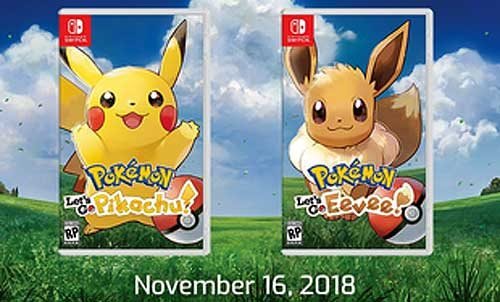
“Pokemon — Let’s Go, Pikachu !” and “Pokemon — Let’s Go, Eevee !” will be arriving on the Nintendo Switch this November. Likewise, a new Pokemon game will be released in the second Half of 2019. With a Mario movie in development and theme park additions on the way, it’s sure to be a busy year for Nintendo.
-

 Theme Parks & Themed Entertainment8 months ago
Theme Parks & Themed Entertainment8 months agoDisney’s Forgotten Halloween Event: The Original Little Monsters on Main Street
-

 Theme Parks & Themed Entertainment8 months ago
Theme Parks & Themed Entertainment8 months agoThe Story of Mickey’s Not-So-Scary Halloween Party: From One Night to a Halloween Family Tradition
-

 Film & Movies8 months ago
Film & Movies8 months agoHow “An American Tail” Led to Disney’s “Hocus Pocus”
-

 Theme Parks & Themed Entertainment6 months ago
Theme Parks & Themed Entertainment6 months agoDisney and Macy’s 90-Year Thanksgiving Day Parade Partnership: From Mickey’s First Balloon to Minnie’s Big Debut
-

 Television & Shows4 months ago
Television & Shows4 months agoHow the Creators of South Park Tricked A-List Celebrities to Roast Universal – “Your Studio & You”
-

 History3 months ago
History3 months agoThe Super Bowl & Disney: The Untold Story Behind ‘I’m Going to Disneyland!’
-

 Podcast1 month ago
Podcast1 month agoEpic Universal Podcast – Aztec Dancers, Mariachis, Tequila, and Ceremonial Sacrifices?! (Ep. 45)
-

 Television & Shows2 weeks ago
Television & Shows2 weeks agoThe Untold Story of Super Soap Weekend at Disney-MGM Studios: How Daytime TV Took Over the Parks






